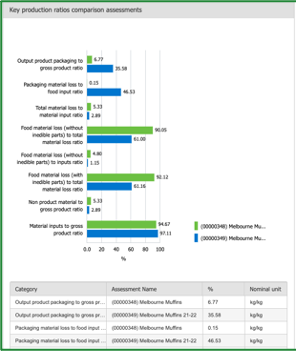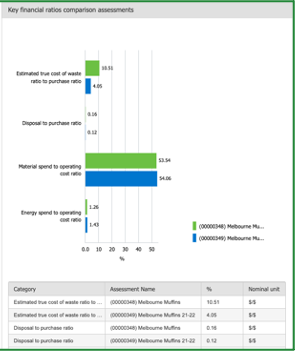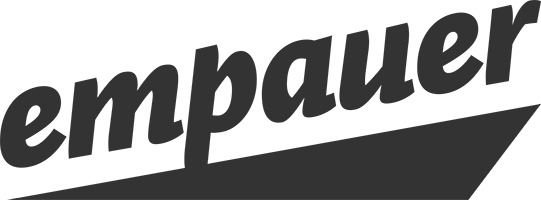Technology Solutions

Quantify the ‘true cost of food waste’
Empauer’s Dynamic Industry Resource Efficiency Calculation Tool manages crucial data providing a framework to reduce food waste.
DIRECT is a cloud-based software tool that quantifies what can be considered the ‘true cost of waste’ by identifying where food and non-food material losses flow across the food and beverage supply chain.
It is aligned to the Food Loss and Waste Accounting and Reporting Standard (FLW Standard), developed by the global and multi-stakeholder FLW Protocol (convened by the World Resources Institute); and ISO-14051, a general framework for material flow cost accounting (MFCA).
Using DIRECT, companies are able to use real data to recue their waste quickly and decisively.
Get clear visibility into the material inputs and flows occurring across a single process or an entire supply chain
Calculate resource efficiency, benchmark and gauge progress towards waste minimization goals
Quantify the ‘true cost of waste’, including ingredients, labour, and overheads
Identify where material loss occurs, how much it costs and how to turn it into financial gains
Build objective evidence to support the business case for resource efficiency
The Food Waste Problem
Currently, the eyes of the world are firmly focused on food loss and waste (FLW).
Globally, it has been estimated that over US$1.2 trillion of food is lost or wasted across the food supply chain per annum, equivalent to 1.6 billion tonnes of material. This dollar figure is projected to rise up to US$1.5 trillion of losses by 2030 if no intervention occurs.
The UN Food and Agriculture Organization (FAO) estimates that 14% of all food produced is lost before it even makes it to retail outlets.
This significant waste of both economic and natural resources has far-reaching implications:
- Financial for businesses, governments and society.
- Environmental, including the release of greenhouse gas emissions, impacts on land and water use, ecosystem/species extinction impacts.
The importance of this societal issue has been elevated by its inclusion in the United Nations Sustainable Development Goals (UN SDG). Under UN SDG 12 – Responsible Consumption and Production, and more specifically, Target 12.3 – Reduction of FLW. The goal of Target 12.3 is to halve per capita global food waste at the retail and consumer levels and reduce food losses along production and supply chains, including post-harvest losses by 2030”.
In an effort to encourage and lead industry to address the FLW problem, a coalition of executives from businesses, research institutions, organisations and governments all around the world have committed to achieving 12.3; creating Champions 12.3.
These executives have adopted a three-step approach for reducing food loss and waste being: target, measure, and act.
A coalition of executives from businesses, research institutions, organisations and governments all around the world have committed to achieving SDG 12.3, by creating Champions 12.3.
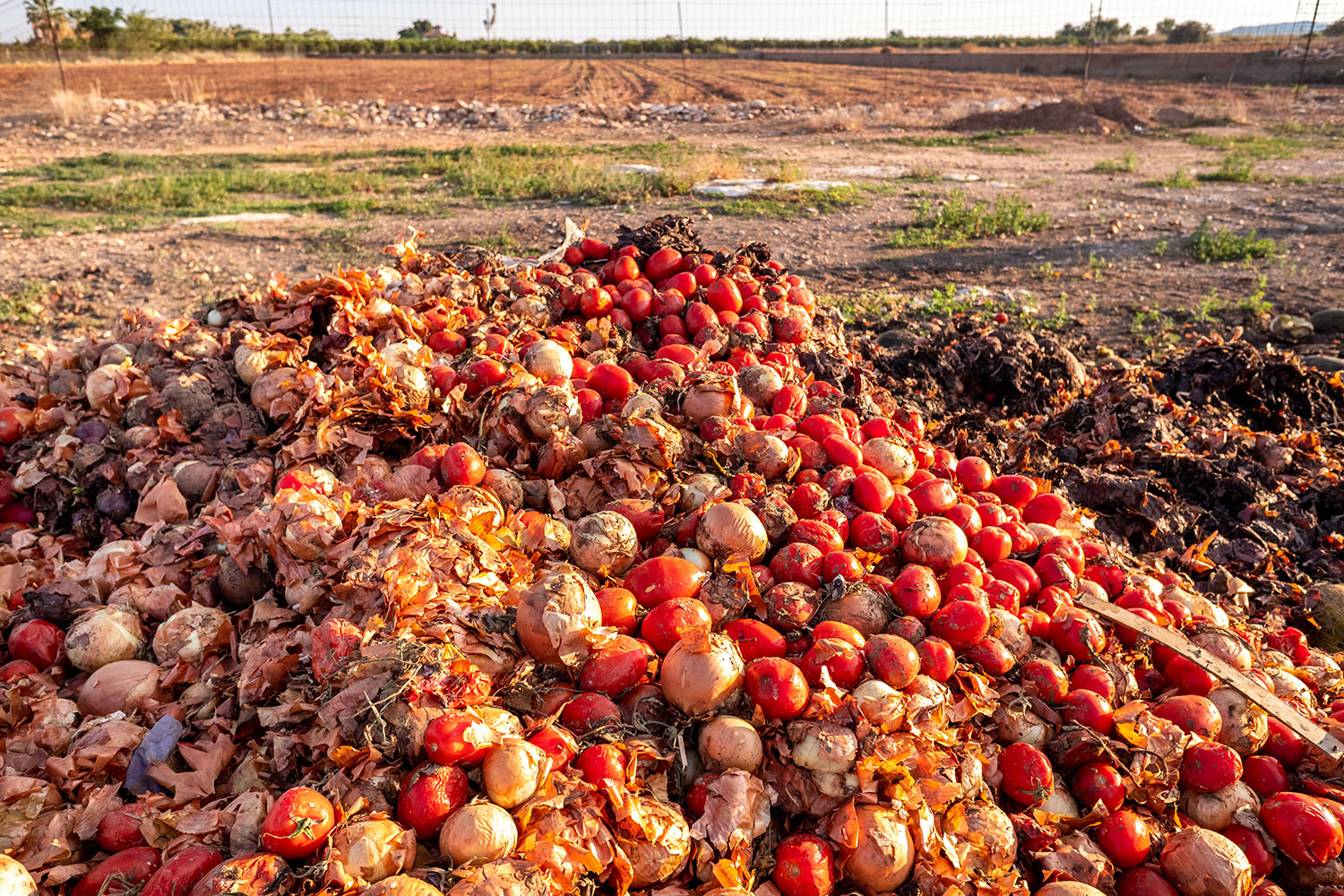
Without the introduction of major reduction measures, food waste is estimated to increase to 2.1 billion tonnes and USD $1.5 trillion dollars by 2030
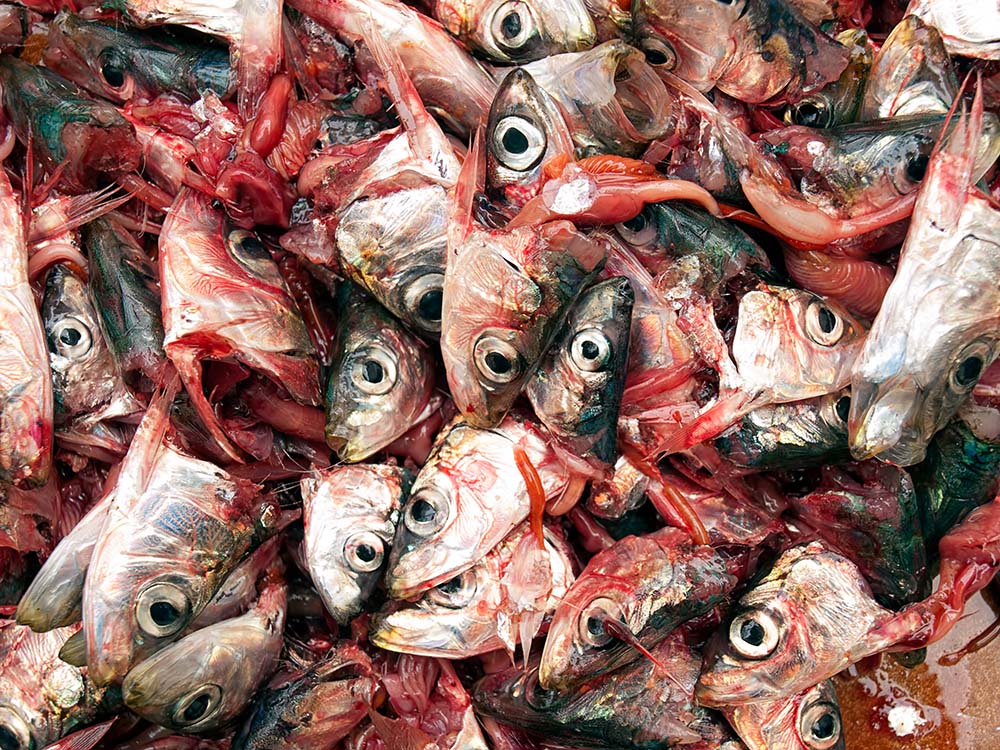
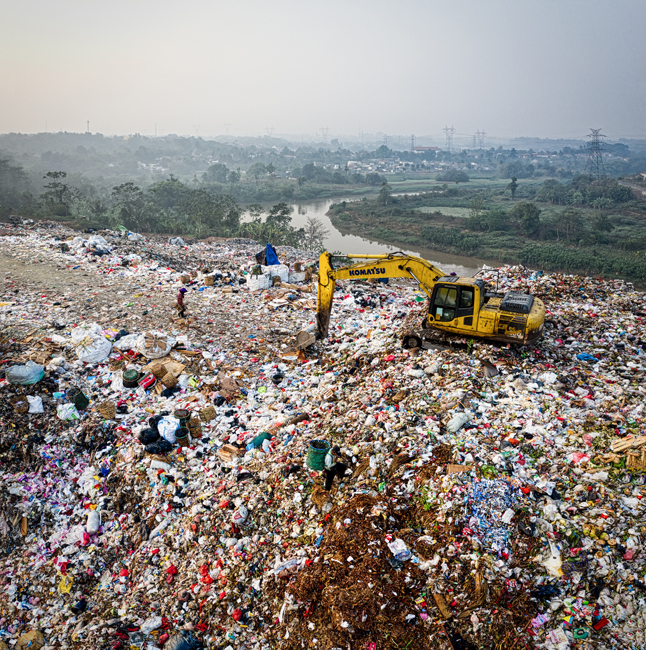
As the world’s collective knowledge of the problem grows, we are faced with how best to tackle the issues and achieve these set targets.
Accurate estimates or measurements of the quantity of food waste produced are necessary not only to assess progress against targets. They also help quantify the cost and potential savings in taking action to mitigate this waste.
In the supply chain, downstream losses may be caused at earlier stages, so this information can help to pinpoint the points where the most significant losses are taking place.
Manufacturers have tended to undervalue the flow-on effects of waste.
This means the true economic, social and environmental cost of waste has not been captured – with a focus predominately on down stream end result at landfill rather than the true costs of waste that occur upstream.
This can include the cost of raw material; the loss of finished product; the loss of production costs both in raw materials and processing (including water and energy). Even the more visible costs of dealing with waste – such as labour costs; treatment costs; collection costs and disposal costs – can be overlooked.
Addressing The Food Waste Problem
Target 12.3, of the United Nations Sustainable Development Goals (SDG), aims to halve the global rate of FLW in retail and consumption by 2030, as well as reducing waste throughout the food chain.
Target 12.3 of the SDG has been adopted by many organisations and countries including the EAT-Lancet Commission, REFRESH, ReFED, European Commission, and underpins both Australia’s National Food Waste Strategy and the UK’s Courtauld Commitment 2030.
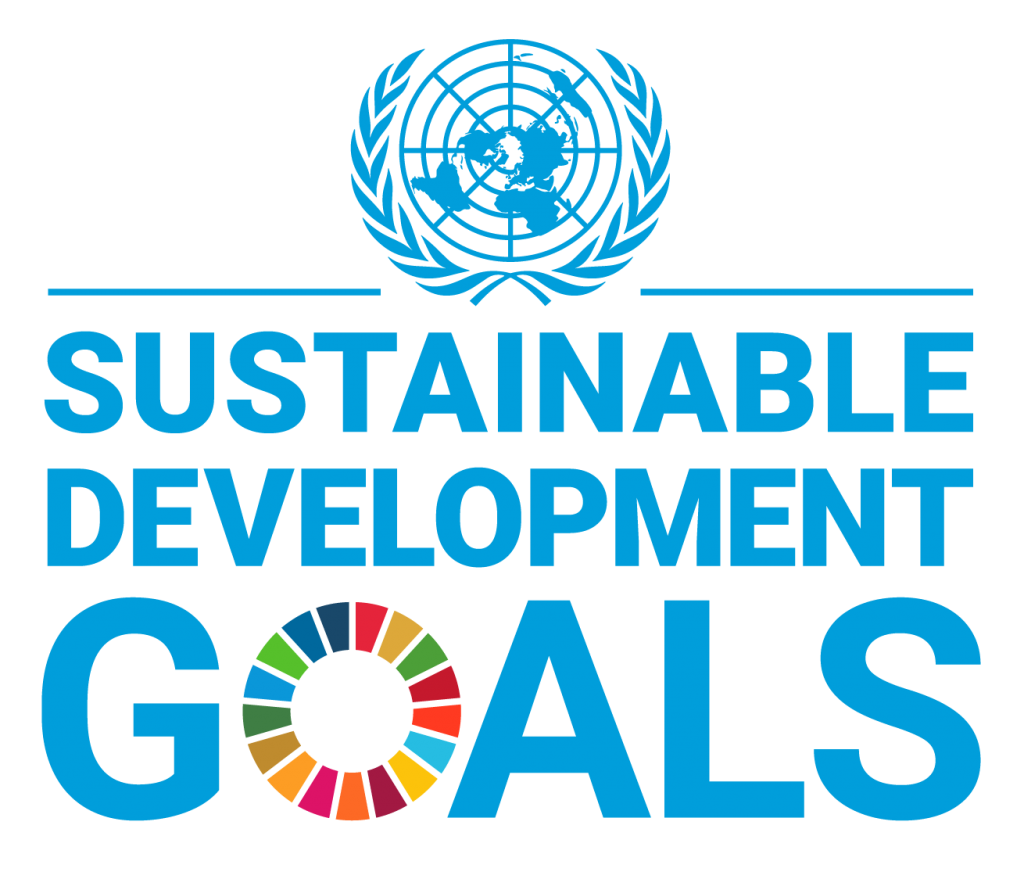
Global programs responding to FLW reduction
Food Loss & Waste Protocol
The mission is to ensure wide adoption of the FLW Standard so companies, governments, cities and others are better informed about food loss and waste and motivated to curb this inefficiency. A Steering Committee of seven expert institutions provides technical input, written content, strategic direction, and quality control.
- The Consumer Goods Forum (CGF)
- Food and Agriculture Organization of The United Nations (FAO)
- EU-Funded FUSIONS Project
- United Nations Environment Programme (UNEP)
- The World Business Council For Sustainable Development (WBCSD)
- WRAP (The Waste And Resources Action Programme)
- World Resources Institute (WRI) [Secretariat]
Champions 12.3
A coalition of executives from businesses, research institutions, organisations and governments all around the world. All committed to achieving SDG 12.3.
Their three-step approach for reducing food loss and waste is: ‘target, measure, and act’.
Key elements of the Champions 12.3 approach:
- The Road Map to Achieving SDG Target 12.3 that outlines a pathway for achieving the target by 2030 – documenting goals and targets over 3 year intervals.
- 10x20x30 where ten of the world’s biggest food businesses. Including AEON, Ahold Delhaize, IKEA Food, Kroger, METRO AG, Pick n Pay, The Savola Group, Sodexo, Tesco, and Walmart. All engage with 20 of their main suppliers to “act” and halve FLW by 2030.
- Annual progress reports that assess advances of companies and government against the target, measure, and act steps.
Fight Food Waste Cooperative Research Centre
Supporting Australia’s National Food Waste Strategy they bring together 48 industry and 10 research partners and has three broad research and development programs – looking to deliver:
- New sources of revenue and market growth for food companies
- Less wasted resources through the supply chain from grower to consumer
- Less food waste ending up in landfill
- More donated food to feed hungry Australians.
Those three programs are: REDUCE, TRANSFORM, ENGAGE.
https://fightfoodwastecrc.com.au/
Stop Food Waste Australia
Their aim is to create real, practical changes like improved packaging and product design and more precise product labelling. Working to transform surplus food and food processing wastes into new up-cycled food products and ingredients, unlocking new value for the industry.
Measuring Your Impact
Data is crucial. You can only manage what you measure.
Measurement of FLW is central to addressing the problem itself and mitigating its negative impacts.
Putting a dollar value on FLW makes it clear to organisations what the impact is to the bottom line.
It allows companies and countries to assess the efficacy of FLW reduction interventions and justify the time and effort put into working towards meeting targets, be they corporate, national or international targets. If you can demonstrate that the investment in interventions work you can both improve buy-in within an organisation and for other organisations.

How DIRECT Can Help

DIRECT manages the crucial data and provides the assessment framework organisations need to dramatically reduce waste in the food and beverage sector.
DIRECT can be linked to any product life cycle management suite, empowering your business with new cloud-based tracking, dashboards, and assessment tools.
That means organisations can see exactly where waste occurs, and how much it costs at each point in the supply chain. Armed with this data, they can start making real changes for the better.
With DIRECT you use real data to reduce waste – quickly and decisively.
Gain insights into the material inputs and flows occurring across a single process stage or entire supply chain.
Understand exactly where material loss occur and how much it costs to not turn material inputs into products.
Undertake a mass balance approach by tracking material flow cost accounting for products, co-products, food rescue & waste streams.
Quantify the ‘true cost of waste’, including ingredients, labour, and overhead.
Aligned to the Food Loss and Waste Accounting and Reporting Standard (FLW Standard), ISO Standards 14051, 14052 and 14053.
Manage crucial data providing assessment framework for reporting & reduction of food loss & waste.
Manage crucial data providing assessment framework for reporting & reduction of food loss & waste.
Identify hot spots where waste occurs in sourcing, production, and transport processes and across the supply chain/life cycle stages.
Assess the possibilities of turning material loss into financial gain.
Build objective evidence to support the business case for resource efficiency.
Track alignment to global and national sustainability standards.


